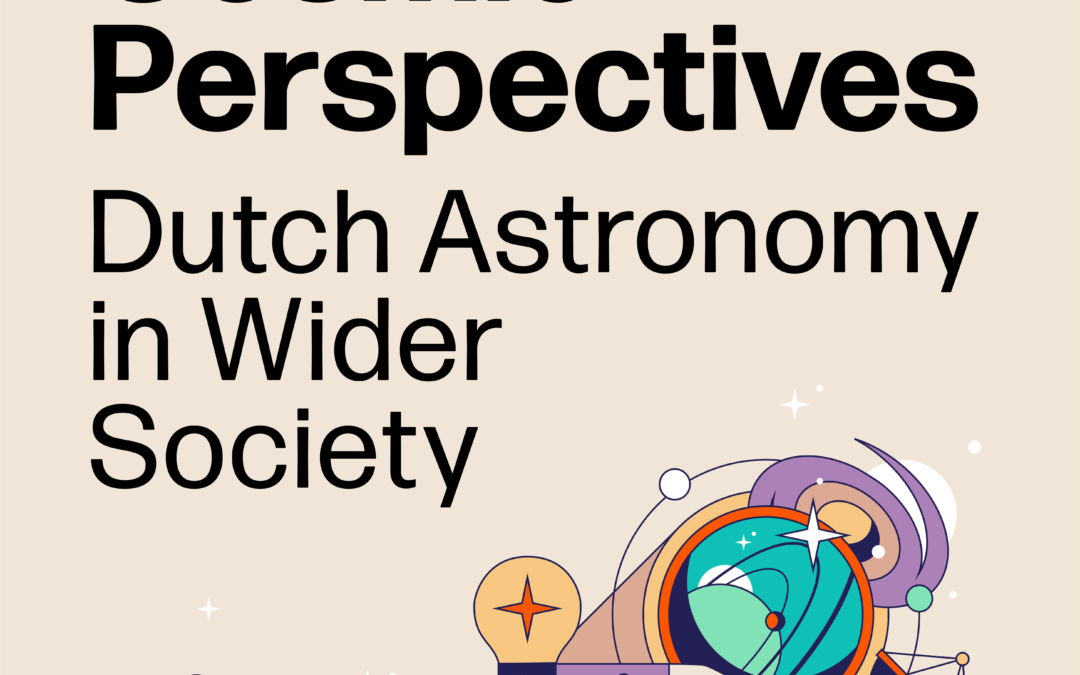


Aug 24th: A Rare Cosmic Magic Jug
Astronomers recently captured this rare structure using NSF NOIRLab’s Gemini South telescope. The image is that of a reflection nebula, nicknamed the Toby Jug Nebula, resembling the shape of an old style English pottery jug.

May 30th: Fast and Furious Starring Dual Quasars
Astronomers describe ‘cosmic noon’ as a dramatic period in the history of our Universe when it was buzzing with galaxy mergers and furious star formation. And here’s the evidence of the early merger.

Mar 3rd: Twinkle Twinkle Little Stars, How We Wonder Where You Are
A recent study by NOIRLab’s educational project ‘Globe at Night’, shows how light pollution is increasing fast, taking away the majestic view of our starry night sky.

Dec 14th: Beach-Friendly Earth-Like Exoplanets
A new study suggests that exoplanets that are like our Earth, with oceans and beaches, might be more common than we thought – especially around red dwarfs.

Nov 22nd: Cosmic Perspectives: Dutch Astronomy in Wider Society – UNAWE
Today in Cosmic Perspectives we will feature Prof. Ewine van Dishoeck and Prof. George Miley to discuss about @UNAWE as the beneficial impact of Dutch astronomy on society. #365DaysOfAstro

Nov 10th: What’s Like The Sun and The Earth – Only Redder and More Massive?
Astronomers have discovered a super-Earth, near the habitable zone of a red dwarf star that’s only 36.6 light-years away from us. That’s really, really close by, all things considered!

Jun 23rd: A Cosmic Duet
Astronomers have just captured a new image of a beautiful sort of “dance” between two galaxies: the spiral NGC 1512, it’s the pretty, large, barred spiral in the picture, and its small neighbor NGC 1510.

Dec 8th: These exo-rocks are stranger than fiction
By studying white dwarf stars, and finding some of them, well, in a way polluted, astronomers have found that most rocky exoplanets are made of rocks we can’t find anywhere in our Solar System.

May 26th: A hidden map of the invisible magnetic Universe
As galaxies in a cluster slam into each other and the surrounding matter, they create bow shocks, causing movement of the plasma around these clusters. With the maps provided by the high-energy jets coming out of black holes, the task can be a little easier.

